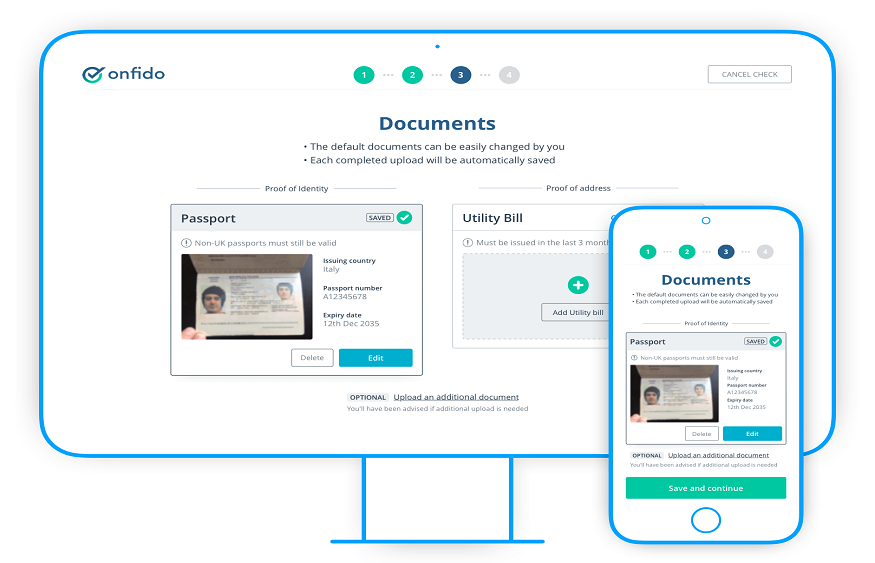Identity verification laws are a hot topic for companies and consumers, especially in light of recent data breaches. For businesses, it is important to understand how your business can be affected by identity verification issues and what you can do to improve your process. When choosing an identity verification platform, make sure that you are addressing the 5 most common mistakes made by others:
1. Poor image quality
Poor image quality is one of the biggest problems with identity verification. When an image is too big or too small, it causes issues with facial recognition software. The smaller an image is, the less accurate the results will be because it’s harder to see facial features and details like eye color and hair color. This means that if you submit a small photo, there’s a good chance your account could get flagged as fraudulent—even if it isn’t.
2. Language issues
Language issues can affect your identity verification process.
Slang and colloquialisms: If the applicant uses slang, abbreviations, or a particular dialect to explain a word or phrase, it may be difficult for you to determine if they are being truthful.
Grammar and punctuation errors: Bad grammar and poor spelling can indicate that an applicant is not as educated as they claim to be, which could make it hard for them to provide reliable information about their identity during an interview. It is also possible that applicants might try to conceal this kind of information by using improper grammar when communicating with you over the phone or in-person during an application process.
3. Poor readability
Poor readability is a sign of poor quality. The wrong font, a low-quality printing press, and the use of an unidentifiable template are all reasons why your ID may be difficult to read. If you can’t make out the numbers or letters on your card, there’s no way it will pass muster with security personnel who rely on their ID-checking skills as part of their job description.
Make sure whatever license or permit you are checking for identification purposes using identity verification software has clear text and sharp graphics so that there is no doubt about what information is printed on it.
4. Poor credibility
Poor credibility is an indication of a fake identity. An employer may receive poor credibility from the background check process when they submit the name, address, and social security number of their candidate for employment. Poor credibility often results from a fake name, address, or social security number.
5. No verification process
You don’t want to be the one who doesn’t verify. You don’t want to be the one who skips checking a person’s identity. Verification is necessary, so make sure you have a process in place that ensures your customers’ identities are verified before they can access sensitive information or services. If you don’t have a verification process in place and someone decides not to use it, you won’t find out until after something negative happens and your company may lose customers due to its lack of security measures.
It’s important to recognize that you don’t need a full overhaul of your identity verification process. Just by taking a few minutes to learn about some common mistakes and implementing best practices, you can ensure accurate identity verification and mitigate costly errors. Understanding the best way to verify your customer’s identities will be especially important as businesses continue moving deeper into the digital age.




